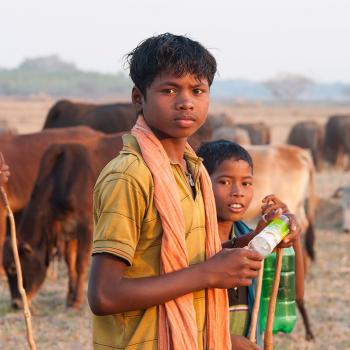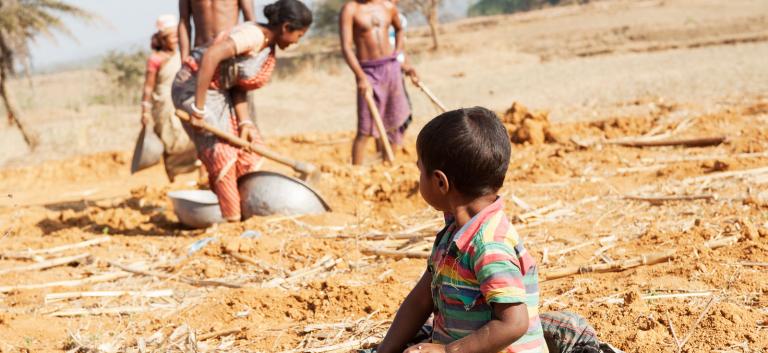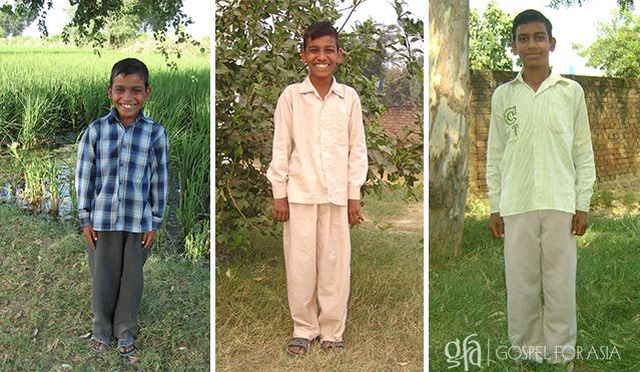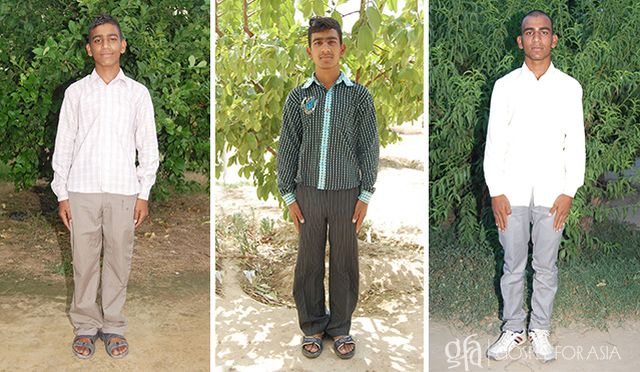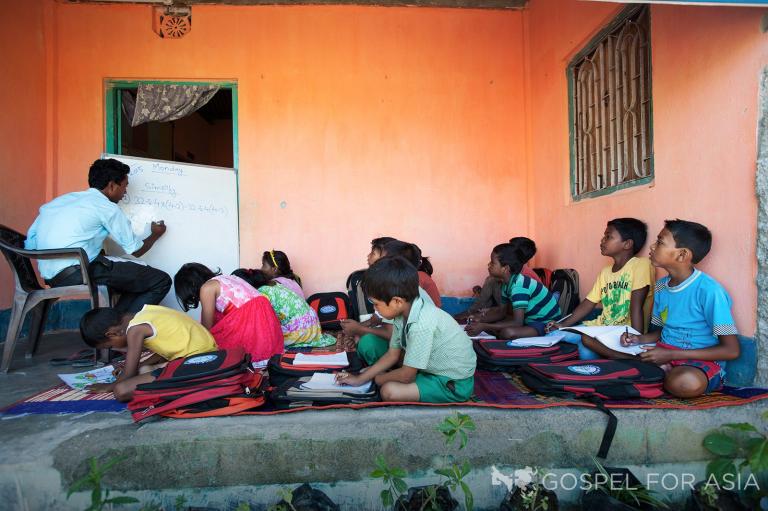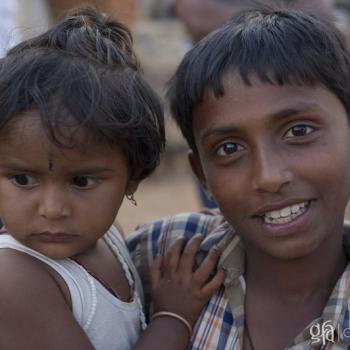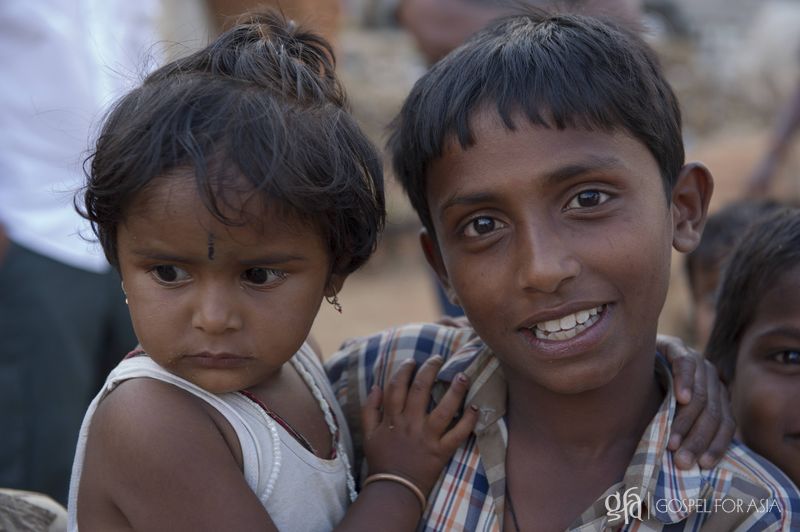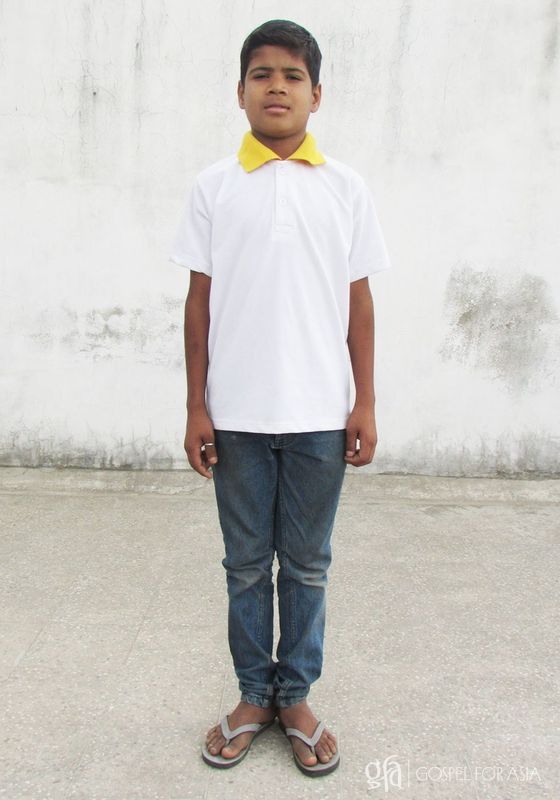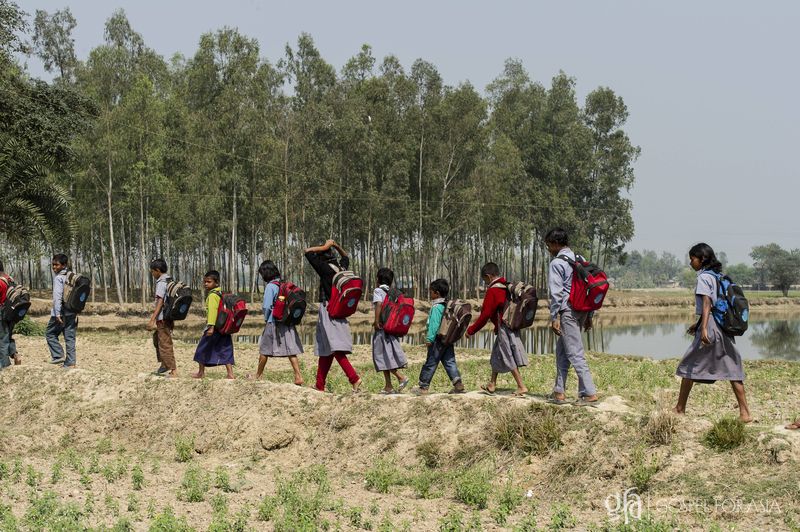Wills Point, Texas – GFA Special Report (Gospel for Asia) – Discussing the extreme poverty that globally creates modern-day slaves, affecting millions of women, men and even children.
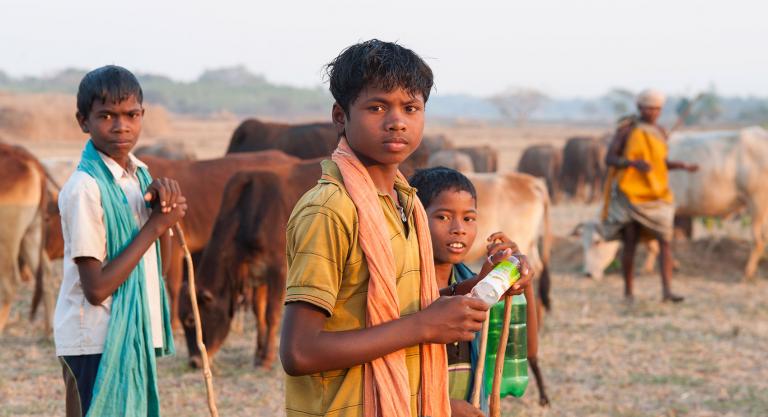
More than 80 years after George Orwell wrote in his classic Animal Farm that “all animals are equal, but some are more equal than others,” his barbed observation on disparity rings ever truer for humankind.
According to a 2017 report by Credit Suisse Research Institute, 10 percent of the world’s richest population owns 88 percent of all global wealth, while “3.5 billion individuals—70% of all adults in the world—have wealth below USD 10,000.” That includes some who could be living in grinding poverty in Asia.
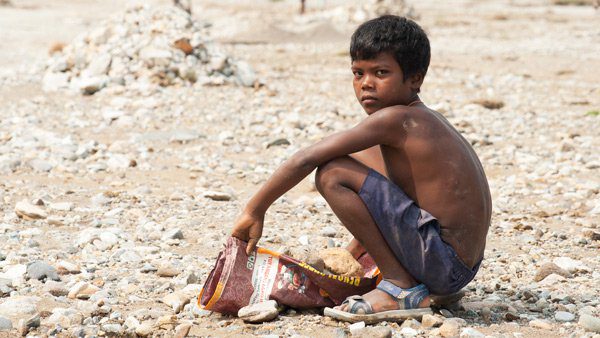
Despite improvements in some parts of the globe, the World Bank says “extreme poverty remains unacceptably high.”
Globally, 1 in 10 is below the poverty line, somehow surviving on less than $1.90 a day.
If such staggering inequality doesn’t provoke the rich to concern for reasons of the heart, it should at least cause them to reflect on the ongoing health of their wallets. The World Economic Forum sees the rising gap between the haves and the have-nots, and the social polarization it breeds, as a major threat to world financial stability.
Such kinds of situations—the more extreme of a continuum of injustices—continue across Asia and other parts of the world because of a complex web of factors: social prejudice, gender discrimination, lack of education, and more.
Not surprisingly, then, fair employment and rights at work are among the core emphases of the United Nations’ annual World Day of Social Justice, celebrated on Feb. 20.
Poverty is not just a divide between the West and the rest, however. The gap between the rich and the poor may be as wide as an ocean or as narrow as a billboard.
“Globally, one in 10 is below the poverty line, somehow surviving on less than $1.90 a day”
With booming technology and industry sectors, India’s economy is presently the sixth largest in the world and has created more than 100 billionaires. Its financial strength is much of the reason for the World Bank tracking South Asia as the world’s fastest-growing region.
Yet, “the effects of an increasingly sophisticated and prosperous India have not reached its poorest and least educated citizens,” concludes Devin Finn in an article for the University of Denver’s Human Rights and Contemporary Slavery digest on bonded labor.
Across South Asia, “Hundreds of millions more live slightly above the poverty line, more than 200 million live in slums, and about 500 million go without electricity,” notes the World Bank. Though the number of people in the region living in “extreme poverty” has been slashed in the past decade, around 62 million children still must work to help support their families.
Worldwide, there are around 168 million of such child laborers, according to the International Labor Organization (ILO), half of them engaged in hazardous work “which endangers their health, safety and moral development.”
Extreme Poverty Creates Modern-day Slaves
Many of the world’s poor are not just struggling to survive, they have even lost their freedom. The ILO estimates that more than 40 million people around the world are currently living in some form of slavery. Of that number, some 25 million are to be found in Asia and the Pacific, where the region also accounts for 73 percent of all victims of forced sexual exploitation.
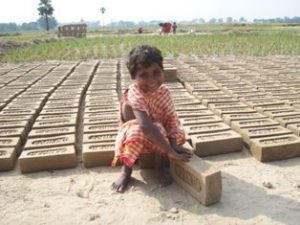
Some of those in forced labor are found working in brick kilns, with entire families—and, in some cases, even whole villages—laboring to pay off what started as a small loan and became, through withholding of wages and other abuses, an ever-increasing debt. Children and adults alike work long hours in difficult conditions.
After the International Justice Mission worked with local authorities to free 260 people caught in forced labor at one brick factory, a father told how he and his family were tricked into working there.
Promises of a good salary did not materialize, he recalled. Instead, they were forced to work 16 hours a day, seven days a week. Despite sustaining minor injuries while mixing and making bricks, they were never allowed to go to the hospital. The children were beaten with a pipe and verbally abused if they were caught playing when they were supposed to be working.
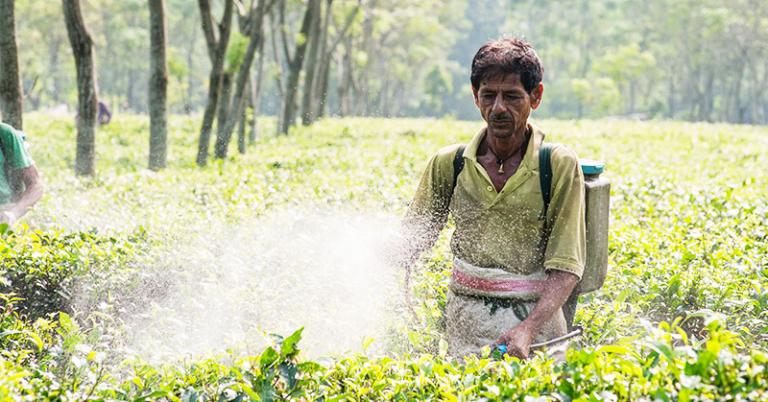
Similar exploitation occurs in the tea and handmade carpet industries. One investigation of a large plantation found “a shocking disregard for health and safety,” with workers spraying chemicals without protection, children working, and families forced to defecate among the tea bushes because there were no toilets.
The International Labor Organization completed a recent study of conditions in the Uzbekistan cotton harvest, historically labeled as one of the worst human rights violations of forced labor.
While it was stated by The Cotton Campaign in 2015 and 2016 that “the government of Uzbekistan forced more than a million people, including students, teachers, doctors, nurses, and employees of government agencies and private businesses to the cotton fields, against their will and under threat of penalty, especially losing their jobs,” the ILO study noted distinct improvements in 2017.
It concluded that “the systematic use of child labor in Uzbekistan’s cotton harvest has come to an end” and that efforts were being made to ensure all labor was voluntary. Still, the ILO found that “a certain number pick cotton during at least some part of the harvest as a result of persuasion, pressure or coercion.” Uzbekistan president Savkat Mirziyoyev stated at the United Nations General Assembly, “In cooperation with the International Labor Organization, we have taken effective measures to eradicate the child and forced labor.”
Anti-Slavery International (ASI) identifies the main barriers to the eradication of slavery as “strict hierarchical social structures and caste systems; poverty; discrimination against women and girls; and lack of respect for children’s rights and development needs.”
Many millions more may not be so clearly enslaved, but they are also caught in poverty’s endless cycle, scrabbling to make a living as day laborers or scavengers. Often, parents are forced to make their children work too, to try to make ends meet. But keeping them out of school just ensures another generation remains on the bottom rung of the ladder.
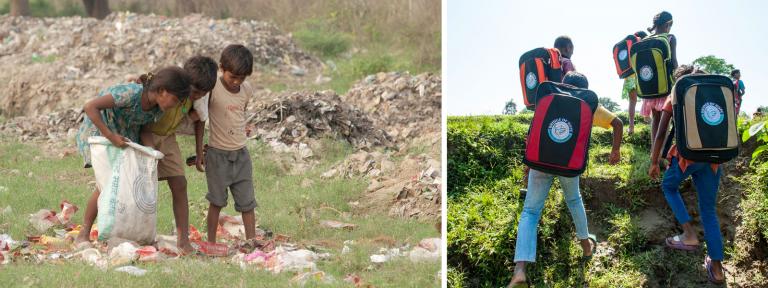
The number of out-of-school children in South Asia constitutes “a formidable challenge,” says the ILO. It estimates more than 25 million boys and girls aged 7 to 14 do not attend school in Pakistan, Bangladesh and India alone.
Lack of opportunities for fair and meaningful work is not just about financial well-being, of course.
“Far from economic inequality being seen as purely a ‘labor rights’ issue, the world is realizing that economic and social inequalities are intrinsically linked to human rights,” says U.K.-based ASI. “Inequality is one of the biggest human rights issues of our time.”
Very practically, poor working conditions and poor pay mean poor health. According to the World Health Organization (WHO), “Nearly 9 million children under the age of five die every year, according to 2007 figures.” Of those children, one-in-three deaths are linked to malnutrition.
In some impoverished communities in Asia, more than half of the children have a body mass index below 18.5, writes Satya Sagar for the Canada-based Centre for Research in Globalization (CRG), “which is regarded as chronic sub-nutrition-placing them by World Health Organization standards in a permanent state of famine.”
Seeking Justice and Defending Human Rights: Part 2 | Part 3
This article originally appeared on gfa.org
To read more on Patheos on the global problem of extreme poverty, go here.
Click here, to read more blogs on Patheos from Gospel for Asia.
Go here to know more about Gospel for Asia: Wiki | Flickr | GFA | GFA.org | Facebook
For more information about this, click here.


